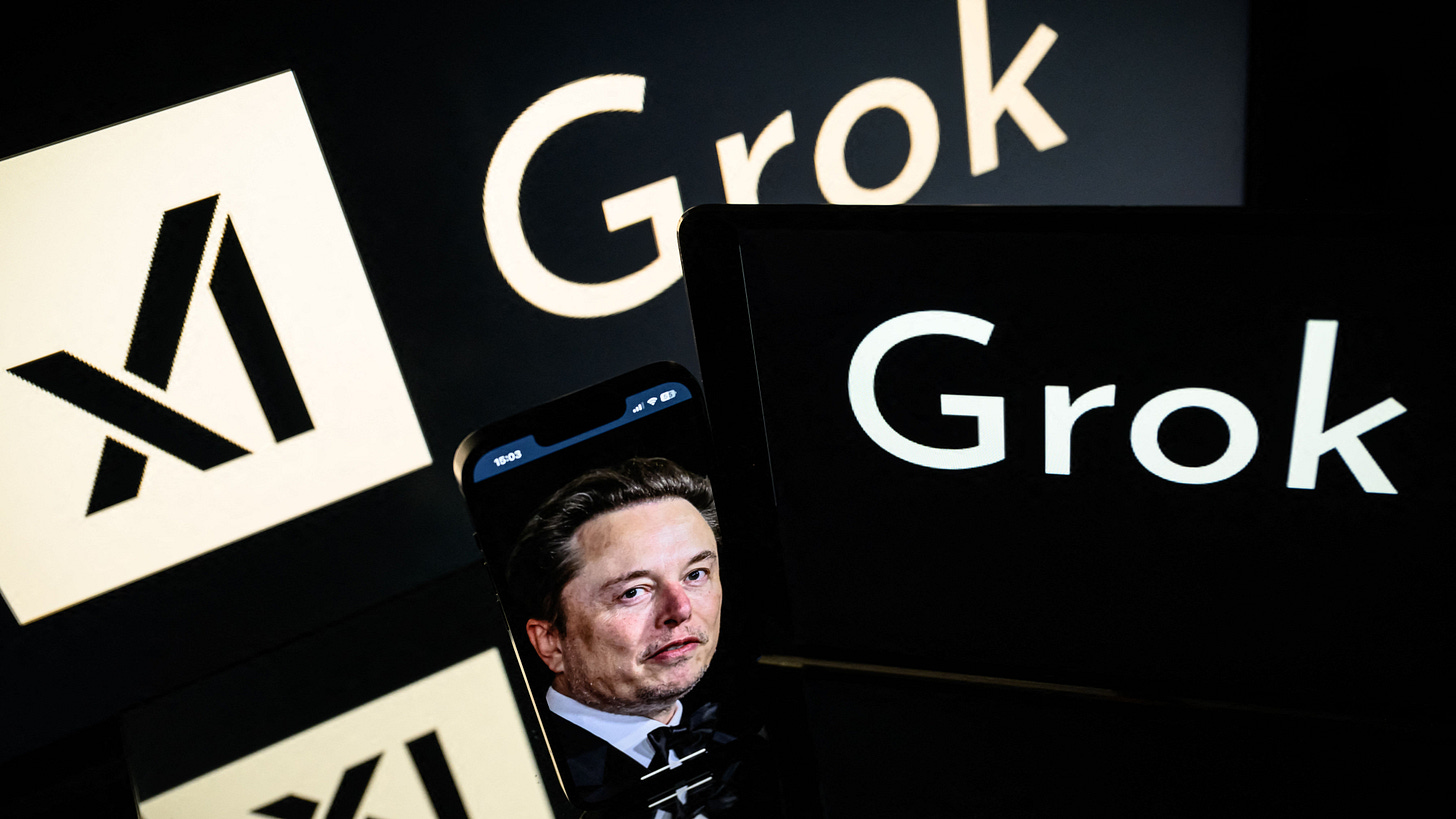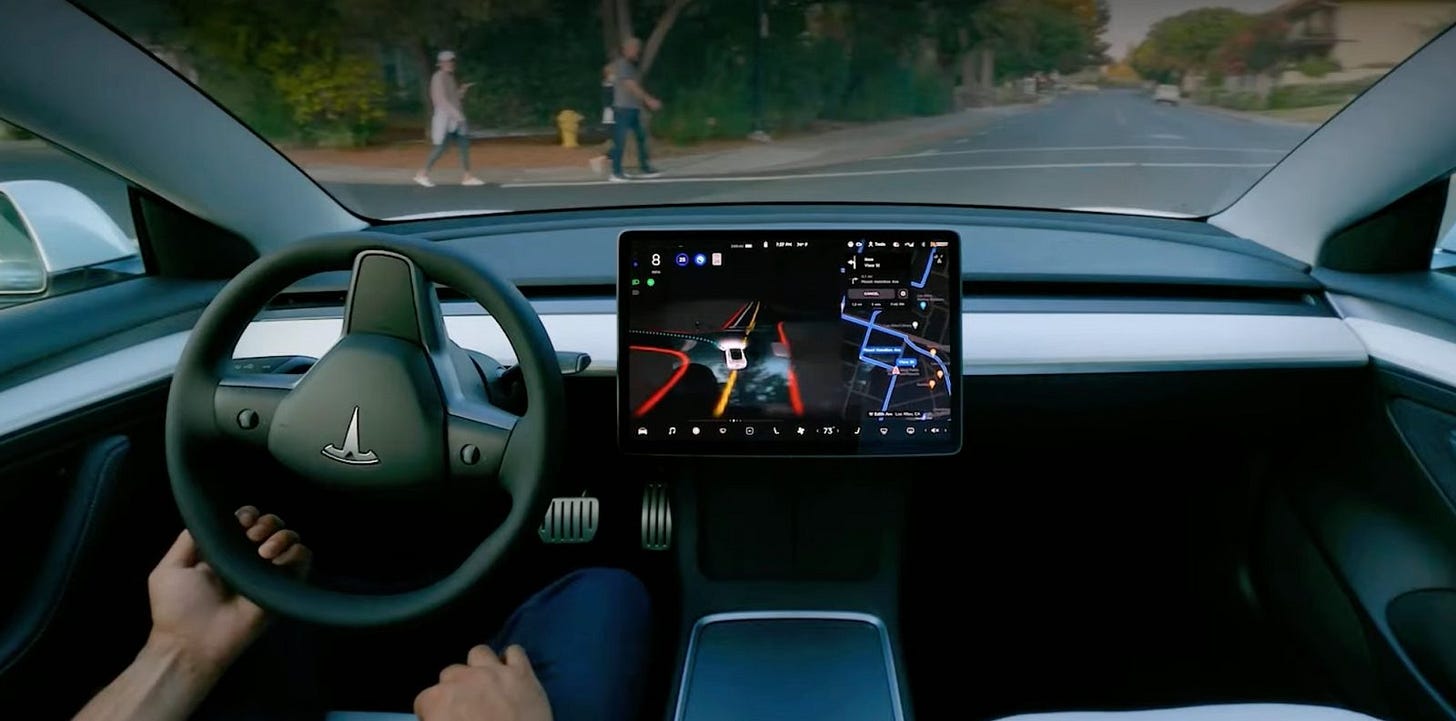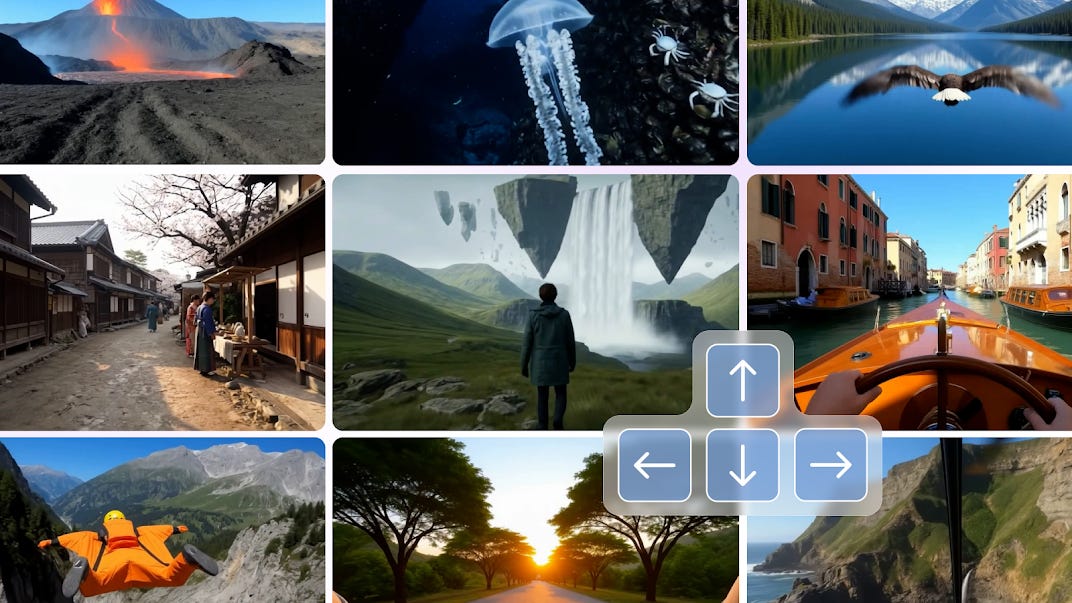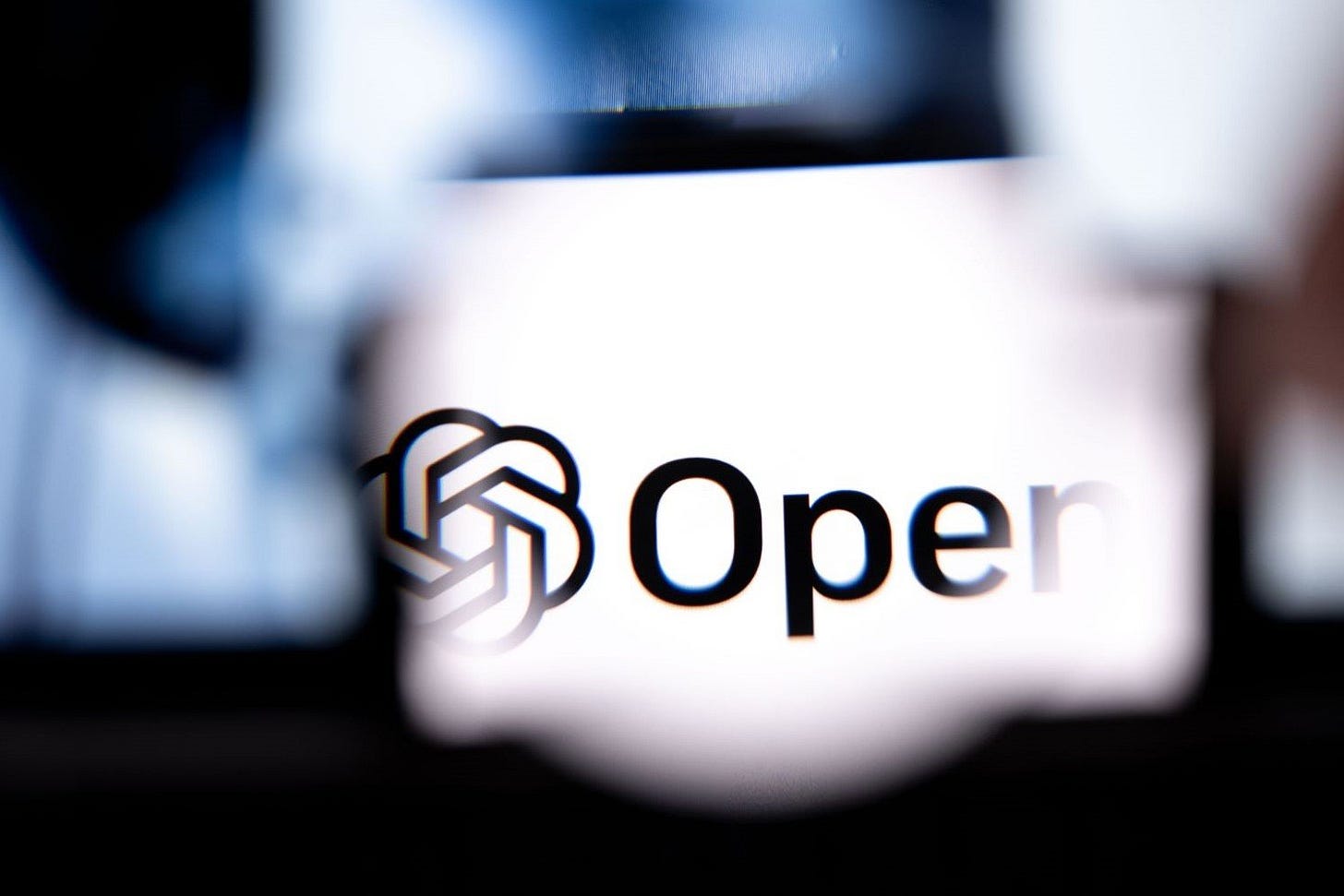We’re Giving Away 1 Month of Learning — Here’s How to Claim Yours
Share Your Experience. Inspire Others. Learn for Free.
We’re Giving Away 1 Month of Learning — Here’s How to Claim Yours
Hi there,
At LunarTech, we believe that real stories inspire real learning. That’s why we’re offering 1 month of free membership to LunarTech Academy to anyone willing to share their experience with one of our products.
Whether you’ve used a LunarTech book, course, app, or any other resource — we’d love to hear your journey. Your feedback will help others decide, and it will help us make LunarTech even better.
Here’s how to get started:
1. Fill out our quick application form (takes less than 2 minutes)
👉 Apply here
2. We’ll reach out personally to ask a few friendly questions about your experience. You can share in writing or via a short video — whichever you prefer.
3. Get your free month at LunarTech Academy, with full access to all our courses, webinars, and projects.
No credit card, no hidden charges, no strings attached. Just a thank-you for helping us grow and inspire others.
Ready to share your story and start learning?
👉 Claim Your Free Month Now
Warm regards,
The LunarTech Team
Your Partner in Lifelong Learning
Grok 4 Goes Public: A New Era for AI Accessibility
The latest breakthrough in artificial intelligence technology has been made accessible to the public, marking a significant milestone for AI development and user engagement. This cutting-edge cognitive system, developed under the guidance of a prominent technology entrepreneur, now offers unrivaled capabilities previously reserved for industry experts and select users.
With a design that rivals the most advanced models on the market, this neural engine showcases remarkable proficiency at a variety of complex problem-solving tasks. Notably, it successfully decoded a challenging logic puzzle on its initial attempt—an achievement that emphasizes its sophisticated reasoning capabilities. Technical enthusiasts and professionals alike have a new resource poised to transform how intelligent automation interacts with users.
This unprecedented move to release such an advanced neural network for unrestricted use invites enthusiasts, developers, and curious individuals to explore its functionalities without any cost barriers. The opportunity to interact with this system is generating considerable excitement throughout the technology community.
Tesla Autopilot Upgrade: Imminent AI Model Release Boosts Autonomous Driving Precision
Tesla is on the verge of launching a major upgrade to its autonomous driving software, featuring a revolutionary artificial intelligence model with a tenfold increase in parameters. This enhancement is designed to significantly elevate the vehicle’s ability to interpret its environment and navigate complex road scenarios with greater precision. Accompanying this expansion is a marked improvement in video processing quality, promising sharper sensor input and more reliable decision-making.
Elon Musk has indicated that this cutting-edge update could reach public users as soon as next month, pending the successful completion of ongoing internal testing. This development represents a critical step in Tesla’s roadmap toward enhanced vehicular autonomy and improved driver assistance capabilities worldwide.
Currently, Tesla’s system assists vehicles in managing a wide variety of driving conditions with limited driver involvement, requiring drivers to stay alert and ready to take control when necessary. The forthcoming model aims to advance this functionality by replacing the existing software suite, which is already offered to customers across Europe and China, thereby reflecting Tesla’s commitment to international deployment and scalability.
DeepMind’s Next-Gen AI Simulation Platform: Interactive Environment Generator Revealed
Google DeepMind has introduced a cutting-edge advancement in AI-driven simulation technology that redefines the creation and exploration of digital environments. This new model dramatically surpasses its predecessor in both visual clarity and duration of interaction, enabling users to navigate richly detailed virtual worlds for extended periods with enhanced realism and responsiveness.
Where the previous version delivered brief, lower-resolution experiences, this iteration scales up the visual fidelity to high definition and lengthens the possible exploration window from mere seconds to multiple minutes. Such improvements mark a substantial leap in immersive experience quality, fostering continuity in environmental details and a more coherent interaction framework.
One of the standout features of this latest development lies in its capacity to maintain environmental changes over time. Actions taken within these simulations—such as marking or modifying surfaces—are persistently tracked so that when an observer looks away and then returns, those alterations remain accurately represented. This consistency in the state of the virtual world addresses a vital aspect of realism that was limited in earlier models.
OpenAI Releases 120B and 20B Open-Weight Language Models to Revolutionize AI Accessibility
The recent announcement from OpenAI marks a significant milestone in the field of artificial intelligence, as the organization has released two advanced language models with weights openly accessible to developers and researchers worldwide. This move represents the first time since 2019 that OpenAI has made models with openly available weights public, signaling a strategic embrace of transparency and collaboration after several years of proprietary focus.
These newly shared models come in two distinct sizes that cater to varied computational and application needs. The larger model boasts an impressive 120 billion parameters, situating its performance in a unique range that lies between previously known benchmarks identified as o3 and o4-mini. Meanwhile, the smaller model encompasses 20 billion parameters and delivers capabilities just below the o4-mini benchmark, enabling efficient processing with relatively lower computational demand.
The open availability of these models invites experimentation and innovation across a wide range of use cases, including natural language understanding, conversational AI, and complex problem-solving, without the typical barriers posed by proprietary licensing.








